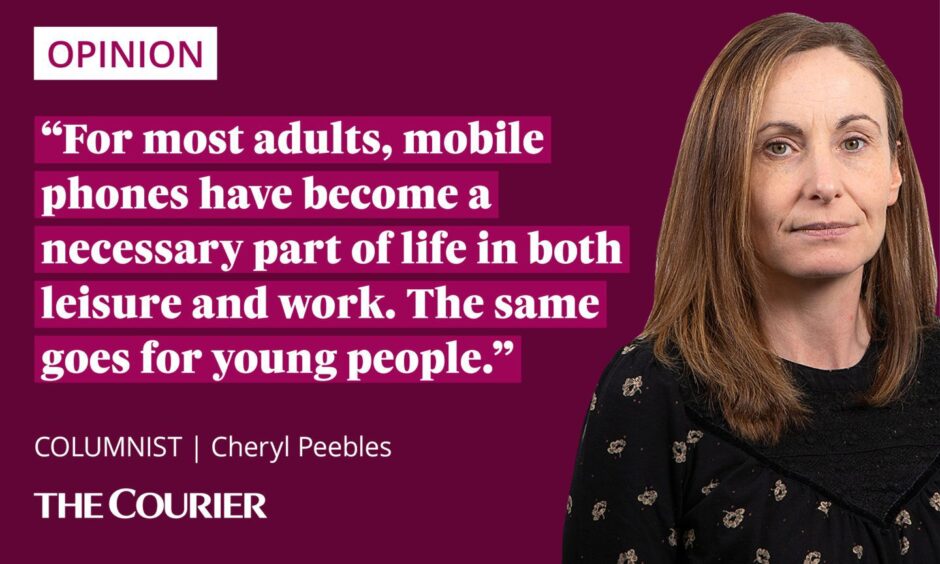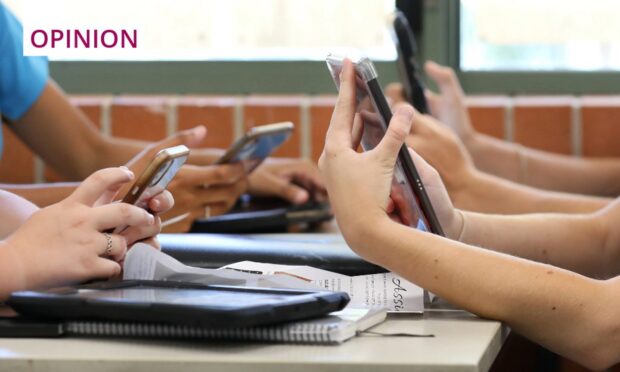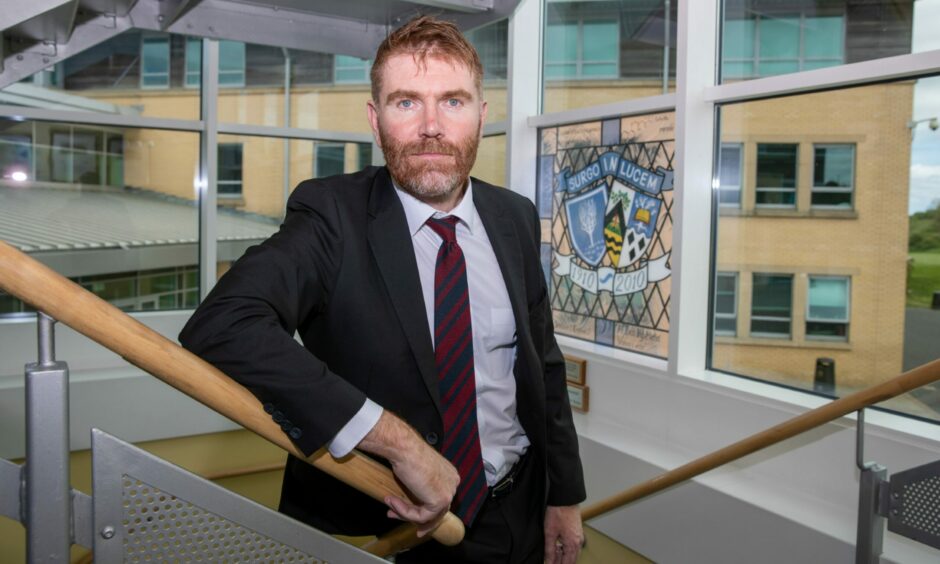A reported decline in pupil performance some have described as catastrophic has sparked huge debate around education this week.
And so it should. According to the latest Pisa report maths, science and reading scores among 15-year-olds have plummeted in Scotland.
And Scotland’s not alone. Most of the 81 countries included in the Programme for International Student Assessment saw a decline.
While the focus has been on this headline aspect of Pisa, another nugget emerged from the report also worthy of some attention – the impact of mobile phones in schools.
According to the Pisa experts, students who spent up to an hour a day using a digital device for learning scored significantly higher in maths than those who didn’t.
But when mobile phones were used for leisure rather than educational purposes, results suffered.

Pupils who reported being distracted by classmates using digital devices in maths lessons scored significantly lower than those rarely or never experienced this.
Few would be surprised by this finding.
For most adults, mobile phones have become a necessary part of life in both leisure and work.
The mini-computers we carry in our pockets to communicate with others are also invaluable research tools and a means of organising our day.
The same goes for young people.
‘Good old-fashioned human interaction’
But the problem in schools emerges when devices are used when they shouldn’t be used and to the detriment of others.
Most secondary school teachers will tell you that disruption of classes by pupils using phones is a daily norm.
And their improper use is linked with behaviour issues, which have snowballed in recent years.
Whether or not to ban mobile phones in schools polarises opinion.
One school which has done so is Kilgraston School, in Perthshire.
Pupils at the independent school can bring devices but must put them in their locker throughout the day, including at break and lunchtime.
Head teacher Tanya Davie says they see much more “good old-fashioned human interaction” as a result.
Tablets, iPads and laptops are still used in lessons but Mrs Davie says: “We are encouraging technology to be used in the correct way and for the correct purposes such as computing, design and art.”
Teachers can’t confiscate phones
Not every school has the luxury of individual lockers for pupils, though.
Confiscating phones or requiring they be handed over at the start of lessons would stir a hornet’s nest of issues over the risk of damage or loss.
Accustomed as we have become to the security of having a mobile phone in our possession, many parents feel more comfortable knowing their child has a device with them.
Indeed some young people have a pressing need to have their mobile with them.
Perhaps they are a young carer who needs to be able to check in on a disabled parent or have a medical condition such as diabetes monitored using a mobile app.
Beath High School rector Steve Ross is among those who have supported the responsible use of mobile phones in class.
Concerns about disruption led him to develop a mobile phone policy, aided by pupils of the Cowdenbeath secondary.
A simple graphic tells pupils whether phones are allowed or not in each lesson – and if not they should be on silent and out of sight.
Mr Ross says: “By ‘training up’ tomorrow’s society in the responsible use of a mobile phone, I believe we are providing a valuable additional service to our youngsters.”
And I’m minded to agree with that approach.
In her recent statement on the Scottish Government’s research into behaviour in school’s Education Secretary Jenny Gilruth identified disruptive use of mobile phones as one of the emerging trends.
Empower teachers to manage phone use
But she said restrictions were for individual head teachers to decide.
Rather than an outright ban – which would be nigh on impossible to police – teachers need to be empowered to direct their appropriate use.
Dundee City Council has guidelines – not a policy – for schools which states that pupils are “advised not to bring mobile phones with them to school”. If they do so the devices should switched off and out of sight in lessons.
Mobile phones are not going to go away, for good or for bad.
Children and young people need to learn about using them responsibly and adhering to etiquette – when it is appropriate to use a mobile and when it is not.
That’s something parents can support at home; for example, not using them at the dinner table and encouraging other pursuits, such as reading.
Mobile phones are valuable and convenient tools; for example, to record work, research, quickly check spelling.
Taking away this resource penalises the majority for the sake of the minority and robs young people of an opportunity to be coached in using a tool they’re likely to rely on in the world of work.













Conversation